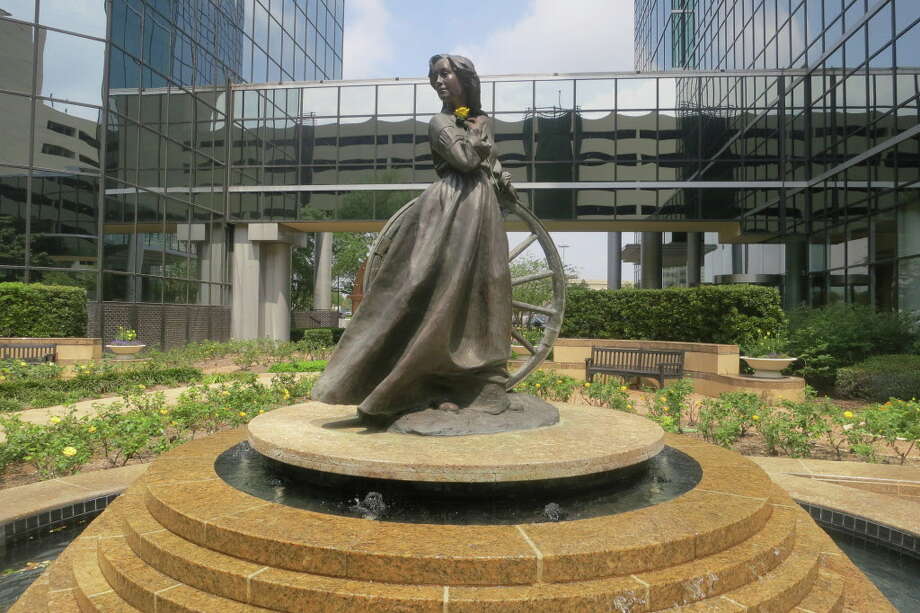Artist Turns Racist Flirtations on Tinder Into Compelling Look at Race and SexPosted in Articles, Arts, Europe, Interviews, Media Archive, United States, Women on 2016-05-15 16:30Z by Steven |
Artist Turns Racist Flirtations on Tinder Into Compelling Look at Race and Sex
The Root
2016-05-13

Phoebe Boswell Source: phoebeboswell.com
She Matters: Inspired by James Baldwin’s “Stranger in a Village,” Phoebe Boswell was interested in exploring the perceptions of black women in predominantly white spaces.
Over the weekend I swung by the 156 Art Fair, an annual exhibition of African art at Pioneer Works in Brooklyn, N.Y. Among the many strong presentations on display, Phoebe Boswell’s Stranger in the Village stood out.
In April 2015 Boswell, a biracial Kenyan woman currently living in London, was temporarily situated in Gothenburg, Sweden, in a predominantly white area. Boswell set out to explore perceptions of race and sex during her stay by turning to dating app Tinder.
“I thought I might want to explore what my body might feel like living in a space that might not be very welcoming,” Boswell says.
Any black woman who has ever ventured online to look for love—a particularly painful place for black women—should be able to predict the worst of what happened to Boswell next. Reactions to Boswell ranged from microaggressions to flat-out racism. But Boswell turned her lemons into artistic lemonade. For her installation, she sketched portraits of her online suitors with a mechanical pencil and included quotes from her exchanges.
“In the space of day, I go back through microaggressions for a month,” Boswell explained. “It’s like, ‘Oh, my God!’ I’m frightened from the things that I see.” Here, she talks about the experiences on Tinder that inspired the project…
Read the entire interview here.





